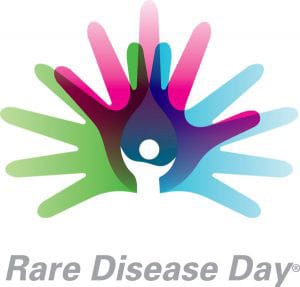According to a recent article from JournalFeed, the relationship between type 2 diabetes and metabolic dysfunction-associated steatotic liver disease (MASLD) is increasingly coming to the forefront of clinical care. MASLD, formerly known as nonalcoholic fatty liver disease (NAFLD), is highly prevalent among individuals with type 2 diabetes, yet remains underdiagnosed and undertreated. The article emphasizes the importance of proactive screening and intervention for MASLD in diabetic patients to prevent severe liver complications and improve overall health outcomes.
MASLD is marked by abnormal fat accumulation in the liver, which can progress to inflammation, fibrosis, and even cirrhosis. The JournalFeed article highlights that people with type 2 diabetes are at significantly higher risk for developing MASLD, as insulin resistance and metabolic syndrome contribute to liver fat buildup. Alarmingly, MASLD can advance silently, often showing no symptoms until liver damage is extensive.
The article notes that despite these risks, MASLD is frequently overlooked in diabetes care. Routine blood tests may not reveal liver problems early, and imaging or specialized biomarkers are not always included in standard diabetes management. JournalFeed urges clinicians to maintain a high index of suspicion for MASLD in diabetic patients, particularly those with obesity, abnormal liver enzymes, or features of metabolic syndrome.
Early detection is crucial. The article recommends that patients with type 2 diabetes undergo regular screening for MASLD, such as liver function tests and non-invasive fibrosis scoring, with further imaging as indicated. Identifying MASLD early enables timely interventions that can halt or even reverse disease progression.
Intervention strategies, according to JournalFeed, begin with lifestyle modifications, which remain the cornerstone of MASLD management. Weight loss through diet and exercise has been shown to reduce liver fat and inflammation. For diabetic patients, optimizing blood glucose control and treating metabolic risk factors like hypertension and dyslipidemia are also essential. The article points out that certain medications used to manage diabetes, such as GLP-1 receptor agonists and SGLT2 inhibitors, may also have beneficial effects on liver health.
In advanced cases or when lifestyle changes are insufficient, referral to a liver specialist may be warranted. The article underscores the need for a multidisciplinary approach, involving primary care providers, endocrinologists, and hepatologists, to deliver comprehensive care for patients with both diabetes and MASLD.







